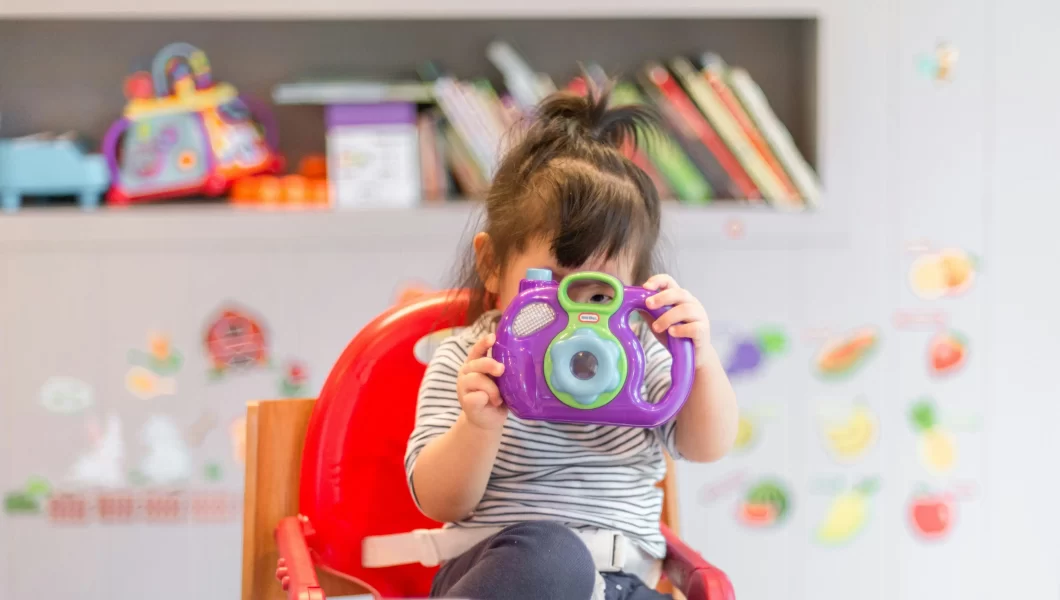Parenting toddlers can be a rollercoaster of emotions, and one of the most challenging aspects can be with tantrums. Those sudden outbursts of frustration and emotion can leave even the most composed parent feeling overwhelmed. If you’ve found yourself at your wits’ end, wondering how to navigate these tricky moments, you’re not alone. Here’s a practical guide to help you understand why tantrums happen and how to handle them effectively.
Understanding Toddler Tantrums
Why Do Toddlers Have Tantrums?
Tantrums are a normal part of a toddler’s development. As children grow and learn to express themselves, they can become frustrated when they can’t communicate their needs or when they’re unable to do something they want. Tantrums are their way of expressing this frustration.
When Do Tantrums Typically Occur?
Tantrums can happen at any time, but they often occur when toddlers are tired, hungry, or overwhelmed. They may also happen when toddlers are trying to assert their independence or when they’re faced with limits or boundaries.
Tips for Handling Tantrums
Stay Calm and Patient
It’s easier said than done, but staying calm and patient is essential when dealing with a tantruming toddler. Your child looks to you for cues on how to handle emotions, so try to model calm and composed behaviour.
Acknowledge Their Feelings
Even if you don’t agree with the reason for the tantrum, it’s important to acknowledge your child’s feelings. You can say something like, “I see that you’re feeling upset,” or “I understand that you’re frustrated.”
Stay Consistent with Boundaries
Consistency is key when it comes to setting boundaries for your toddler. Make sure that your rules are clear and consistent so that your child knows what to expect. This can help reduce the likelihood of tantrums occurring.
Preventing Toddler Tantrums

Stick to a Routine
Toddlers thrive on routine, so try to establish a consistent daily schedule for meals, naps, and playtime. This can help your child feel more secure and less likely to become overwhelmed.
Offer Choices
Giving your toddler choices can help them feel more in control and reduce the chances of a tantrum. For example, you could ask, “Would you like to wear the red shirt or the blue shirt today?” instead of telling them what to do.
Provide Positive Attention
Toddlers crave attention, so make sure to spend quality time with your child each day. Offer praise and encouragement for good behaviour, and try to catch them being good rather than focusing only on the negative.
What Not to Do When Your Toddler is Having a Tantrum
Don’t Give In
It can be tempting to give in to your child’s demands to stop the tantrum, but this can reinforce the behaviour. Stick to your boundaries and don’t give in to tantrums.
Avoid Punishment
Punishing your child during a tantrum is unlikely to be effective and can make the situation worse. Instead, focus on calming your child and helping them understand their emotions.
Conclusion
Tackiling toddler tantrums can be challenging, but it’s important to remember that they’re a normal part of development. By understanding why tantrums happen and using these practical tips, you can navigate these tricky moments with confidence and patience. Stay calm, be consistent with boundaries, and offer positive attention to help your child learn to manage their emotions better over time. With time and practice, you’ll find that tantrums become less frequent, and you’ll feel more equipped to handle them when they do occur.








No Comments